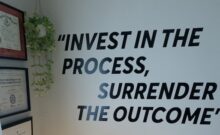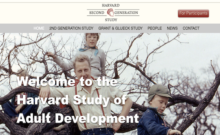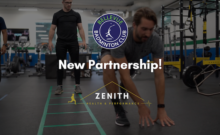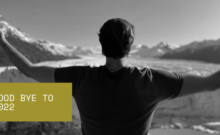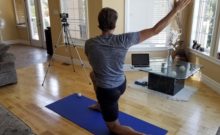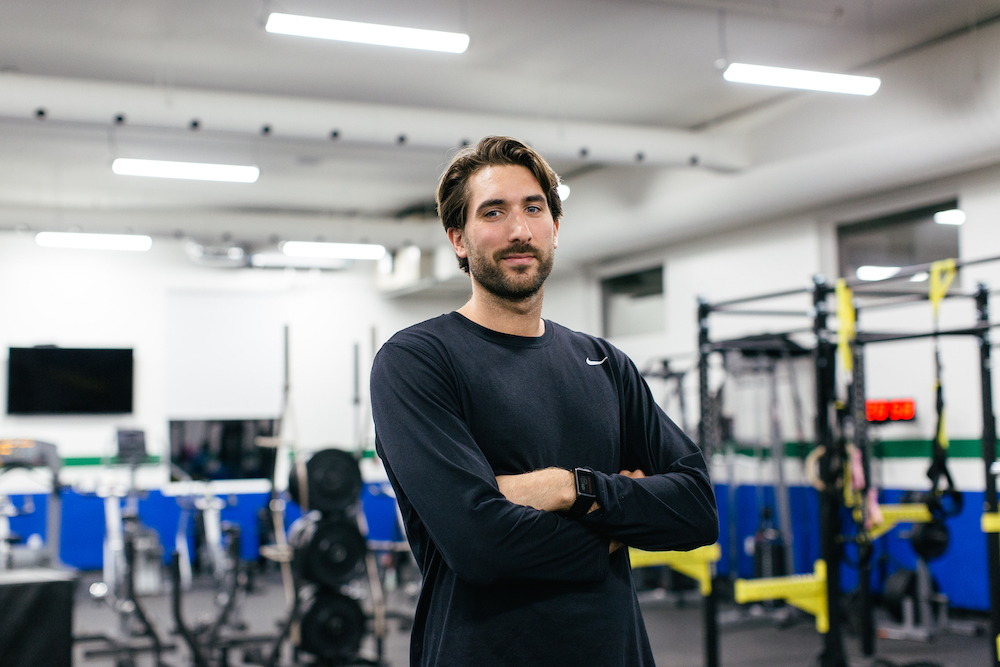
A lot of my athletes and clients lately have been asking me about how I built my practice and how I have come to coach for a living. It’s simple and complicated all at the same time. Here’s the gist.
I grew up as a multi-sport athlete in Saint John, NB (where I currently live as well). To say that I was obsessed with sports would be an understatement. By the end of high school, I had to pick a sport. I got offered a full scholarship to Vancouver Island University for badminton. I decided if I was going to pursue sport, I was going to be ALL IN. I set the astronomical goal of making it to the Olympics (already 19-20 years old when I made that decision by the way).
I moved out west, I bounced around a few places and eventually joined the best badminton academy in the country at ClearOne badminton. I worked like a dog. I was climbing the ranks in Canada. Within 2 years I decided to move to Denmark to keep pushing to see what I was capable of doing.
My highest world ranking in Badminton was 151, and if it were not for a mishap in registration of two events, I would have been 120. I played for Team Canada a half dozen times. At that world ranking I hit a MASSIVE plateau. The plateau of all plateaus. A line so flat you could see through it. At this point, it was then taking months to get incrementally better. I needed to be 80 or lower to go to the Olympics.
It wasn’t physical. I feel confident in stating that I was one of the fittest Badminton athletes in the world at that time. I had a Canadian Sport Centre Atlantic (CSCA) record 16.3 on the Beep Test, I could deadlift 2x my body weight, and I was outrunning/ biking every athlete I was around at every training session. I also don’t feel it was mental. I felt I had the repertoire of mental skill sets and commitment to be a world class performer. This is totally biased of course, but it’s my honest reflection.
The problems were technical and tactical. I could not for the life of me keep that Gdam goose feather bird in the court at that level.
I started asking myself some big questions. “Ok, so I know technique is my problem, so what is good technique?” I went to every club in Denmark, I trained with every world class athlete I could get around to solve this question. It took me to 35 countries, 4 continents, and countless gyms.
In the middle of this process, I started having issues in my back. I was diagnosed with Ankylosing Spondylitis (an inflammatory disease which can cause bones in the spine to fuse – please reference hunchback of Notre Dame). The only medical treatment for this condition was a series of immune suppressant drugs, which they give through an IV.
I’ve never drank coffee, I’ve never smoked weed, nothing goes in my body that I don’t want to be there. Before committing to these drugs, I wanted to explore everything possible. I sought after every high-level therapist in my area and even traveled throughout Canada to work with some names in the industry.
I realized something really important working with all of these great therapists- they were looking at everything from the vantage point of movement. Right from the initial screen to walking out the door they were exclusively concerned with how I moved. It occurred to me that this was kind of the ultimate way to go about solving pain because you could control the process of movement and trying to move better a lot more than you could the risk of cancer from an immunosuppressant or waiting months for an MRI appointment.
So my new question in life became “what is good movement?” For me this really felt like an extension and a deeper and more fundamental search of my original question for badminton technique.
Around this time, I started organically being asked to coach a few people. Even just experimenting with some raw ideas, I had insane results. Just as an example, I worked with a woman on the verge of knee surgery, had been all over North America getting it treated, and just getting her knee to track right over her patella in a split squat she texted me 6 months later from a ski hill and has never thought about surgery since. One client became two, two became four, and four became twenty, and at that point I realized I might be on to something.
Throughout this I did my CSCS, the FMS, the ACD, the XPS and a ton of other programs centered around human performance. If it was about movement and had letters with in, I wanted in.
The game changer came when I reached out to Dr. Ken Seaman from the faculty of kinesiology at UNB Fredericton. In my mind he is one of the smartest people in the country on the topic of movement, physiology, and how to actually use this stuff in a performance coaching setting. As a former strength coach, he applies both the research and the practical application in a way that I had never experienced. I think the work he is doing is totally revolutionary and I knew I wanted to be a part of it. For the last year, we have been doing a mentorship where he is guiding me around the research of human movement, and I am testing, trialing, and re-testing things into my day-day coaching environment. This process has expedited my learning by years and together we are building a pretty cool system.
Today, I really see movement as the centrepiece in the performance for most people. For athletes, it means being biomechanically efficient so you are injury free and have the edge on your opponent. For the average joe it means, moving well so that you can do things you enjoy forever. It’s still a journey…

